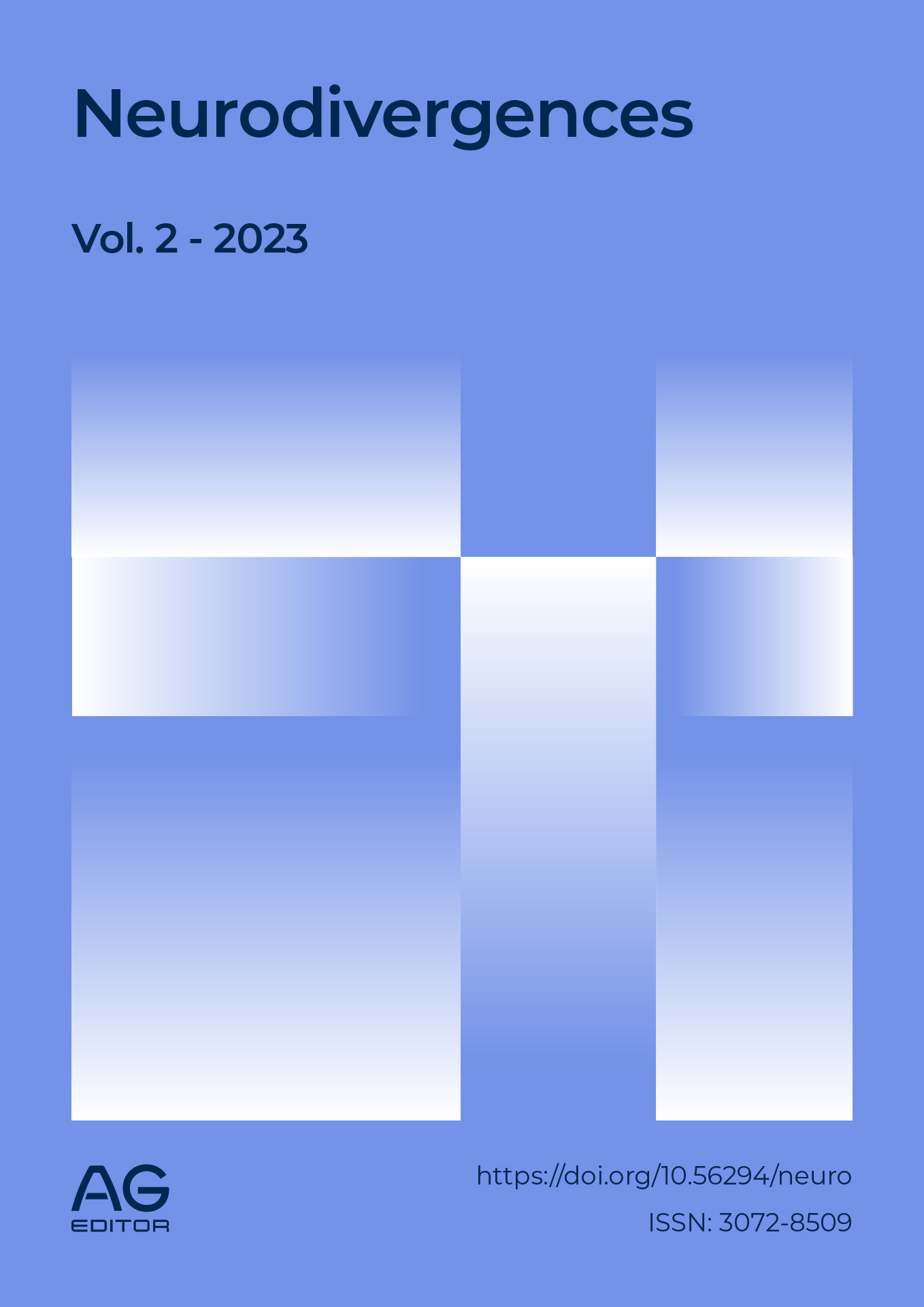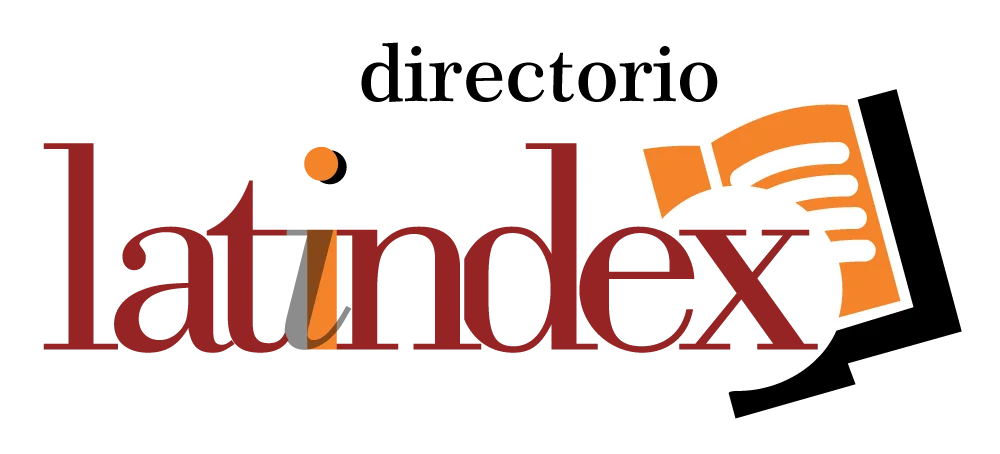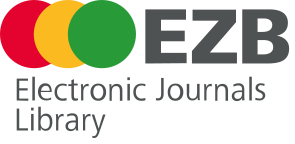Educational inclusion and ADHD: challenges and strategies for equitable teaching
DOI:
https://doi.org/10.56294/neuro202382Keywords:
Educational inclusion, ADHD, diversity, teacher training, psychoeducational workshopsAbstract
Introduction
The article presented the issue of educational inclusion as a fundamental human right and highlighted the need to guarantee quality education for all children. It emphasized National Education Law 26.206 as the legal framework for ensuring equal opportunities and pointed out the importance of teachers having the necessary tools to address diversity in the classroom, especially in the case of students with Attention Deficit Hyperactivity Disorder (ADHD).
Development
The paper addressed the historical evolution of educational inclusion at the global and Latin American levels, showing how conceptions shifted from exclusionary and medical models to integrative perspectives and respect for diversity. The central role of teachers in this process was described, highlighting that their inclusive training was key to ensuring meaningful and equitable learning.
ADHD was also analyzed as a common childhood disorder characterized by inattention, hyperactivity, and impulsivity, and its impact on school performance and social relationships was discussed. International and national proposals to guide teachers in working with these students were highlighted. Finally, the psychoeducational workshop was presented as an innovative pedagogical tool that promoted participation, reflection, and the joint construction of learning, while strengthening teachers' skills.
Conclusion
The article concluded that inclusive education was an essential pillar in the construction of a fair and democratic society. It stated that the inclusion of students with ADHD required a commitment from teachers, accompanied by public policies, resources, and strategies that promoted diversity in the classroom. It also established that psychoeducational workshops were an effective tool for improving teaching practices, preventing exclusion, and ensuring the comprehensive development of students.
References
1. Ainscow M. Desarrollo de Escuelas Inclusivas. Ideas, propuestas y experiencias para mejorar instituciones escolares. España: Narcea; 2001. (como se citó en TECH Universidad Tecnológica, 2021).
2. Briseño T. El paradigma científico y su fundamento en la obra de Thomas Kuhn. Tiempo y espacio. 2009;19(52):285-97.
3. Universidad Siglo 21. Cátedra Psicoterapia IV. Módulo 2 – Lectura 1 [Internet]. Canvas; 2019 [citado 2025 ago 26]. Disponible en: https://siglo21.instructure.com/courses/15287/pages/modulos#lectura1m2
4. Castañeda Cantillo AE. Complejidad y narrativas: identidad del docente en posgrados en educación. Bogotá: Ediciones USTA; 2018.
5. Centros para el Control y Prevención de Enfermedades. Agencia Nacional de Salud Pública de Estados Unidos. Departamento de Salud y Servicios Humanos [Internet]. GobiernoUSA.gov; 2022 [citado 2025 ago 26]. Disponible en: https://www.cdc.gov/ncbddd/spanish/adhd/adhd-in-the-classroom.html
6. Duck C, Murillo J. La inclusión como dilema. Rev Latinoam Educ Inclusiva. 2016;10(1):11-4. doi:10.4067/S0718-73782016000100001
7. Esperón CS, Suárez AD. Manual de diagnóstico y tratamiento del TDAH [Internet]. Buenos Aires: Médica Panamericana; 2007 [citado 2025 ago 26]. Disponible en: https://books.google.com.ar/books?id=5mcc0E_r6DkC
8. García AJ, Valdés JEM, Cervera CLR, Duarte MB, Rodríguez EG. Potencialidades de la escuela, la familia y la comunidad para la inclusión de los escolares con TDAH. ACADEMO Rev Investig Cienc Soc Humanid. 2016;3(2).
9. Herrera P. Bases para la elaboración de talleres psicoeducativos: una oportunidad para la prevención en salud mental. Santiago de Chile: Universidad Academia de Humanismo Cristiano; 2003.
10. Korzeniowsk C, Ison MS. Estrategias psicoeducativas para padres y docentes de niños con TDAH. Rev Argent Clin Psicol. 2008;17(1):65-71.
11. Ministerio de Salud de la Nación. Dirección Nacional de Salud Mental y Adicciones. Ley de Salud Mental N° 26.657.
12. Ministerio de Educación de la Nación. Ley de Educación Nacional N° 26.206 [Internet]. [citado 2025 ago 26]. Disponible en: https://www.argentina.gob.ar/educacion/validez-titulos/glosario/ley26206
13. Quintero J, Castaño de la Mota C. Introducción y etiopatogenia del trastorno por déficit de atención e hiperactividad (TDAH). Pediatr Integral. 2014;18(9):600-8.
14. Sánchez Ulises D, Martínez Flores FG, Flores Saucedo MP, Lechuga Quiñonez AM. Inclusión educativa en América Latina, una mirada más allá de la educación especial. Rev ConCiencia EPG. 2016;1(1):94-106. doi:10.32654/CONCIENCIAEPG.1-1.10
15. UNESCO. La educación inclusiva: el camino hacia el futuro [Internet]. París: UNESCO; 2008 [citado 2025 ago 26]. Disponible en: http://www.ibe.unesco.org/fileadmin/user_upload/Policy_Dialogue/48th_ICE/General_Presentation-48CIE-4Spanish_.pdf
16. Valda Paz V, Suñagua Aruquipa R, Coaquira Heredia RK. Estrategias de intervención para niños y niñas con TDAH en edad escolar. Rev Investig Psicol. 2018;(20):119-34.
Published
Issue
Section
License
Copyright (c) 2023 Cintia Desirée Rossi, Rubén M Pereyra (Author)

This work is licensed under a Creative Commons Attribution 4.0 International License.
The article is distributed under the Creative Commons Attribution 4.0 License. Unless otherwise stated, associated published material is distributed under the same licence.






